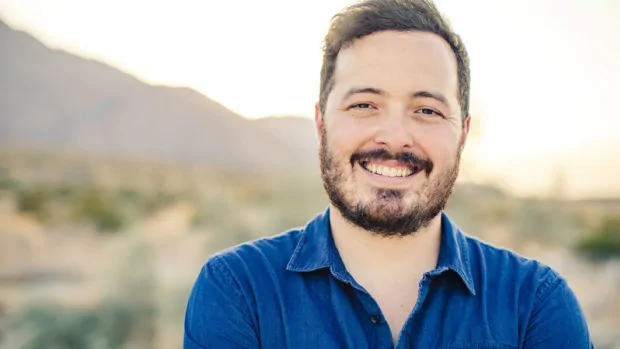Colonization has shaped how Indigenous communities grieve

Indigenous communities have always had specific ways to grieve deaths in their community. For some, it’s lighting a fire in honour of that person. For others, it’s using specific medicines that help ease the transition between death and the spirit world.
But those practices have changed significantly over the course of the experiences of colonization, Jeffrey Ansloos said.
Ansloos, an assistant professor at the University of Toronto, has studied how death affects Indigenous communities. He said missionary movements and residential schools altered how Indigenous people viewed death due to what they were taught.
Another significant change is the number of sudden deaths communities now face.
“We have to think about … how to respond to the unexpected and unprecedented loss of life due to unexpected death — things like homicide and suicide,” Ansloos said. “We may not have had a script for how to deal with those things, and so in those senses we have to create new traditions and protocols to take care of people in new contexts.”
In communities that are hit particularly hard with crises, Ansloos said they are always in a season of grieving. It’s not the case in every community, he said, but the ones that are, often struggle more due to a constant feeling of loss.
Ansloos said media and politicians often view suicide as just a mental health problem. While he acknowledged that’s part of it, he described suicide as a constellation — a more nuanced issue with multiple factors.
Some of those contributing factors include issues like lack of clean drinking water, poor health and education outcomes, and lack of sufficient housing — all issues Ansloos said government has been reluctant to address for decades.
“The fact is is that, to live a good life, you need conditions that are conducive to living,” Ansloos said. “When we look at the contexts across Canada, where suicides, for example, are most prominent, these are often contexts where there has been ongoing diminishment of the quality of life for Indigenous people.
“So it shouldn’t surprise us that communities that experienced the highest degrees of economic disparity are often the same types of contexts where suicide is more prevalent.”
Resourcing around immediate and dire need is important, Ansloos said, but the next steps are creating and supporting resources that help people survive and thrive to a point where last resort resources are needed less.
The fact is is that, to live a good life, you need conditions that are conducive to living.– Jeffrey Ansloos
It’s why Ansloos supports the promotion of vibrant Indigenous life — one that allows people to have access to adequate health care, education and housing alongside whatever support services are required.
“In the big picture, we need our federal government, in collaboration with provincial, municipal, territorial and First Nations governments to really begin to think about suicide prevention in a completely different way, one that is not entirely preoccupied with crisis response,” he said.
“[They need to] really make good on the commitment to really do justice by Indigenous people, by ensuring that their conditions for living are, at the very minimum, equal to that of other Canadians.”
If you or anyone you know is experiencing emotional distress and want to talk, you can call the toll-free Hope For Wellness line at 1-855-242-3310 or chat online at hopeforwellness.ca.
If you are seeking long-term help, information on resources for Indigenous people provided by the federal government are available here.
If you want to help organizations who help Indigenous communities experiencing crises both survive and thrive, organizations like We Matter provide toolkits, resources and support to communities who need it.
If you’re looking for resources that you might use to help the promotion of vibrant Indigenous life in your community, visit the Thunderbird Partnership Foundation’s Wise Practices website.





